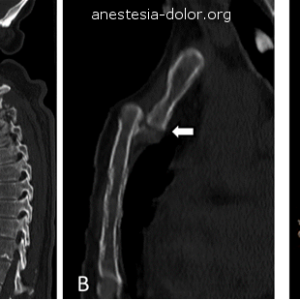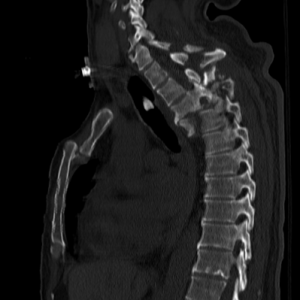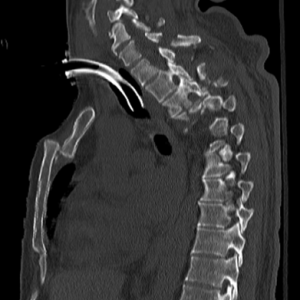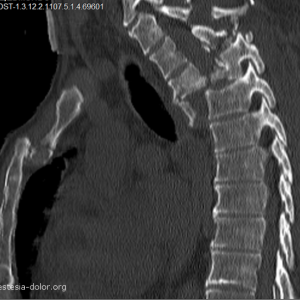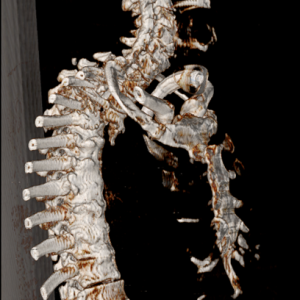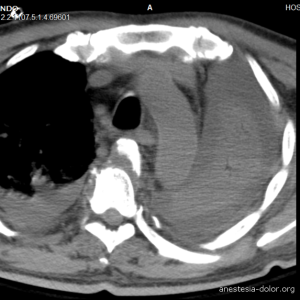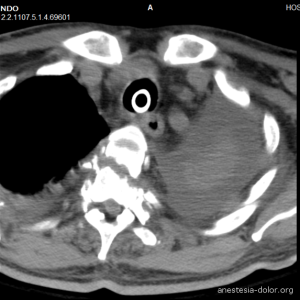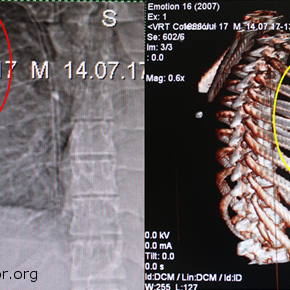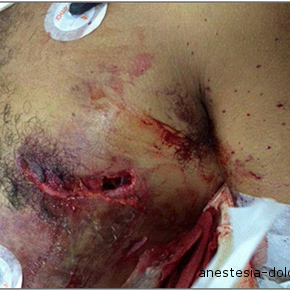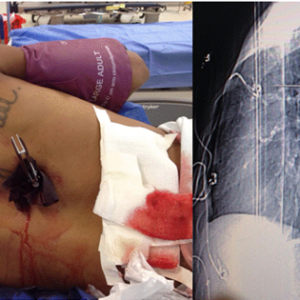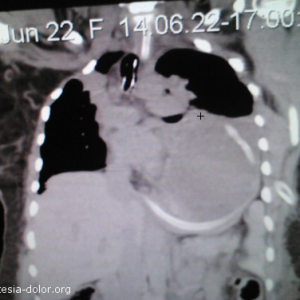Acute trauma fulfills the criteria to classify the disease for a global pandemic. Being these a frequent source and substantial contribution to morbidity and mortality in the last decades all over the world. However, it has been a significant effort to diminish its impact on humanity. Acute trauma is without a doubt the largest cause of death, taking more lives than HIV, AIDS, tuberculosis, and malaria combined. Acute trauma and injuries due to violence are a growing public health concern which causes 1 out of 10 deaths each year. On a global scale every minute nine people die from traumatic injuries; approximately 5.8 million people die every year from non-intentional traumatic injuries and violence.Trauma of the chest is a disease that has worsened due to the modernity that means increases in violence and accidents. This is a serious condition, which often multifaceted growing involves other anatomical regions that merit simultaneous treatment. Management should be multidisciplinary and ideally start before their arrival at the hospital and maintain it during transport, in the emergency room, the operating room and then in intensive care units. Early diagnosis and early aggressive management are key to bring down morbidity and mortality. The anesthesiologist has a fundamental role in the treatment of these patients throughout the perioperative period.
Trauma of the chest
2015. Anestesia y Medicina del Dolor



